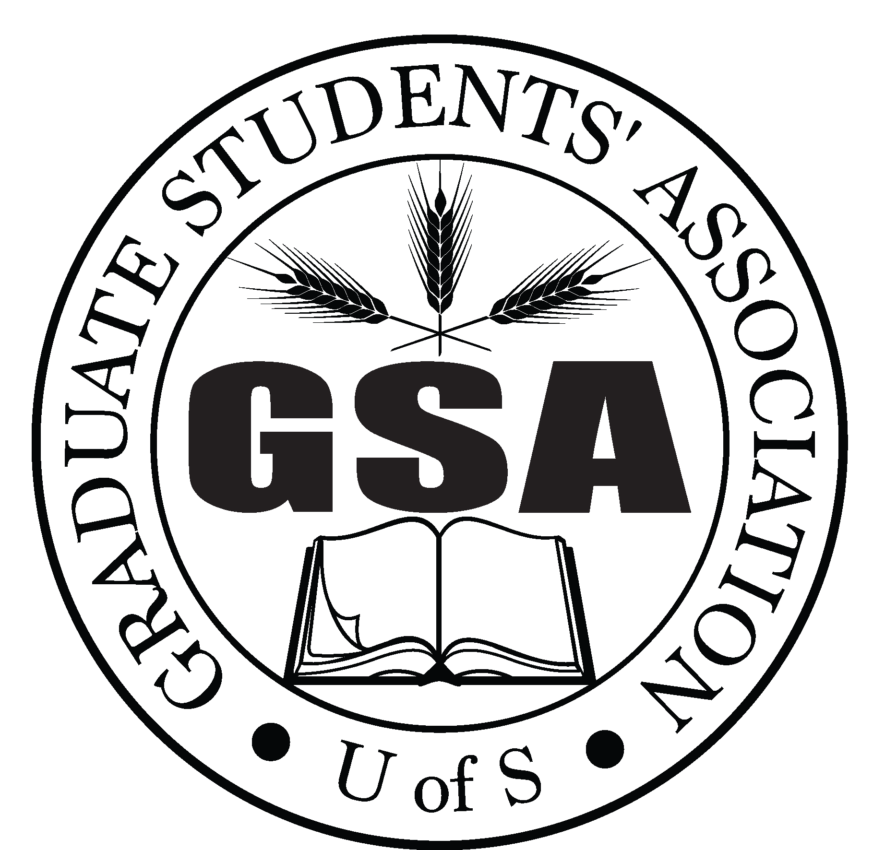
More than 800 graduate students at the University of Saskatchewan have signed a petition against the proposal for graduate tuition increase.
The College of Graduate and Postdoctoral Studies presented the 2021-22 tuition proposal on March 4. According to the Graduate Students’ Association’s petition, the proposal includes a five per cent increase for domestic students and a 20 per cent total increase for international students.
GSA President Humaira Inam says that the GSA is opposed to the proposed increases, especially because they were not given the time to “digest the information.” The next meeting of the Board of Governors, who decide the tuition rates for the university, is on March 22 and 23.
“I find that very concerning, and I feel like it’s a tactic that was used against graduate students,” Inam said.
Inam says they are disappointed in the lack of transparency from the college during the consultation process.
“We had been asking about the tuition proposal since last term, and we were just provided with answers that indicated it wasn’t complete yet,” Inam said.
According to CGPS Dean Debby Burshtyn, she and the deans from other colleges held consultations with graduate students in each college and school and the Graduate Students’ Association executive over the past couple of months.
“In those consultations, we shared that there would be an increase in the coming year but that we were rethinking the proposal developed in 2020,” Burshtyn said in an email to the Sheaf. “The meetings also served as an opportunity to check-in on issues related to working and teaching remotely.”
Although there were consultations, the standard tuition rate for next year was not released to the GSA until the start of March, according to Inam.
“Students who are in specialty programs, … they might have a different increase than the standard rate so those students were informed,” Inam said. “But when we attended one of the tuition consultations, there was again no number that was being provided, so we didn’t find out until the day before March 4 that it was going to be a five per cent increase.”
Mery Mendoza, GSA vice-president finance and operations, says that the town hall in early March was more of “an information session than [a] consultation session.”
The college had to reconsider their 2019-20 tuition plan because of the COVID-19 pandemic and the tuition freeze for the current academic year. The previous plan was to increase tuition by 10 per cent over five years for thesis programs, by 14.75 per cent over five year for course-based programs and by seven per cent per year for the international differential rate.
Burshtyn says that although their previous plan will not be implemented, there are still key factors that “require the need for tuition increase.” These factors include sustaining and improving programs, keeping pace with rising costs and remaining comparable to other U15 institutions, she says.
“We balance all of that with access and affordability — the U of S will remain below the median of the U15 and western U15,” Burshtyn said.
However, Mendoza says that if the university goes through with the proposed increases, it will be at the cost of the affordability of education for international students.
“This university attracts international students from almost all countries because of the flexibility in terms of affordability,” Mendoza said. “It’s affordable for international students and we don’t want to lose that attraction.”
Mendoza adds that there is a “lack of enhancement of any of the services” students normally get to justify the increases.
“In the proposal … they didn’t talk about any increase in any of the services,” Mendoza said.
Burshtyn says that the college understands that tuition is a “significant investment” for students. She adds that crisis funding and bursaries are available for students in financial hardship and that the college is processing a bursary for students whose programs have been delayed due to the pandemic.
“Our university is working to help those who face particular barriers to post-secondary education by increasing the number of scholarships and bursaries available,” Burshtyn said.
Inam says that financial stress contributes to the overall stress of students, especially during a pandemic.
“As a graduate student, you actually have a lot of responsibilities that you’re juggling at the same time… It’s not a nine to five job,” Inam said. “Combine all of that together, that just increases the overall stress … so it’s something that needs to be taken into consideration.”
—
J.C. Balicanta Narag | Editor-in-Chief